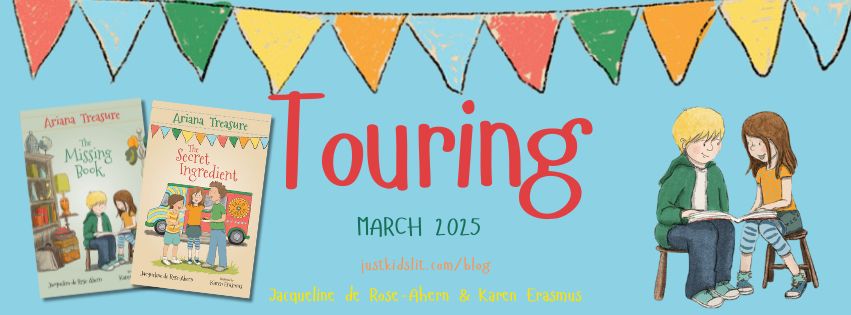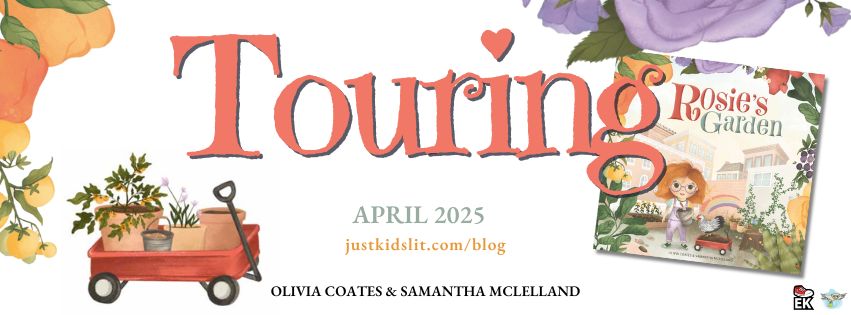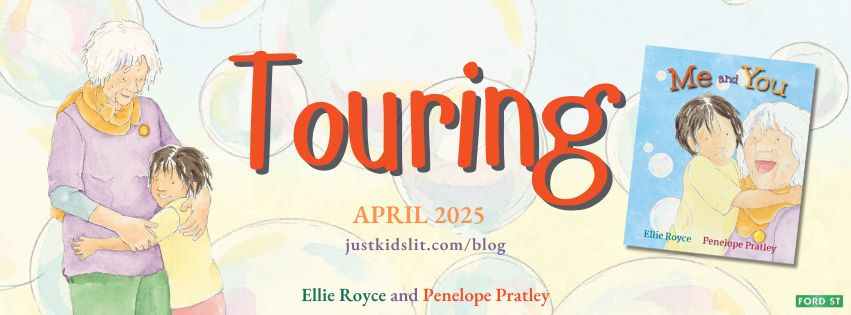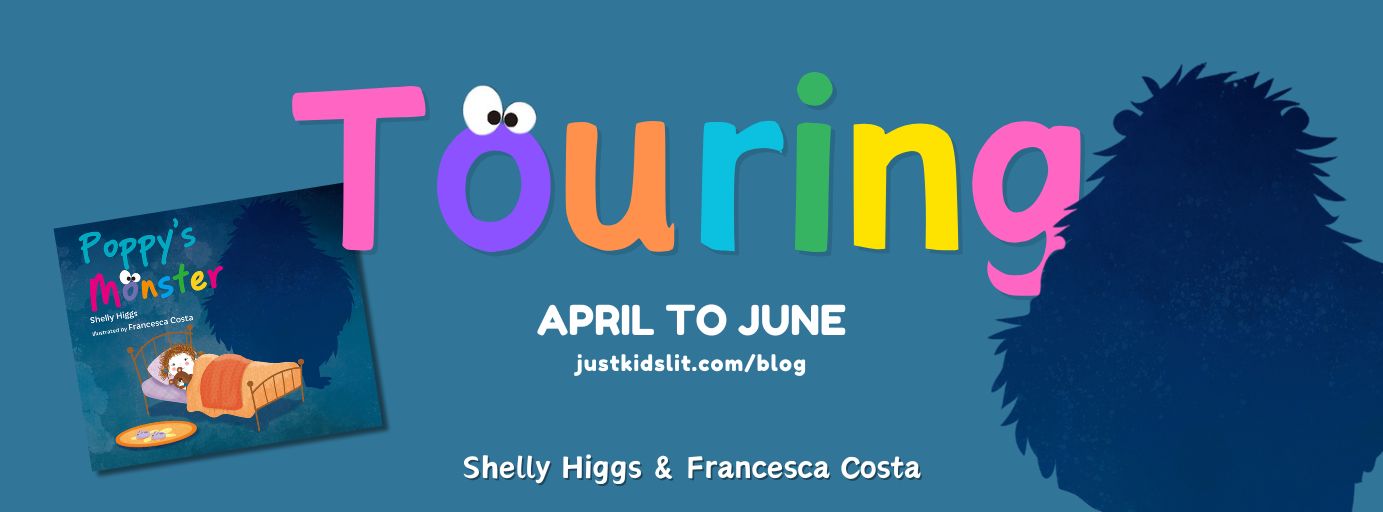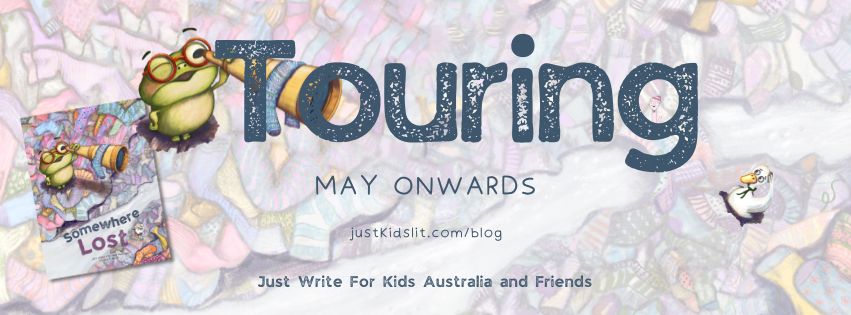Tulips for Breakfast by Catherine Bauer is a powerful story of life, death and endurance against the odds, set in Amsterdam during the Second World War. From the German army’s arrival to liberation, the story takes its readers through the internal and physical struggles of Adelena, a young Jewish teen left in hiding with German music teacher, Ilse Graaf. Adelena’s character is loosely based on the real-life Hidden Child and Holocaust survivor, Hanneli Goslar-Pick, playmate and friend to Anne Frank. The story of Tulips for Breakfast was largely informed by Catherine’s wide research, her own family history and communication with Hanneli herself, who imparted her wishes for future generations to know what happened during and after the war.
For ages 12+.
Learning Tasks
Discussion:
(ACELT1622)(ACELT1629)(ACELT1633)(ACELY1744)(ACELT1619)(ACELT1626)(ACELT1807)(ACELT1633)(ACELY1742)(ACELY1734)(ACELY1742)(ACELY1811)
What are the main themes of this novel?
Discuss what you know about the policies and conditions endured during the war. What do you know about the camps?
Write a list and explain the meanings of WWII terms, including ‘persecution’, ‘holocaust’, ‘antisemitism’, ‘allies’, ‘liberation’, ‘fascism’, ‘propaganda’, etc.
Discuss what you learned about Adelena/Lena’s character. What are the differences between Adelena and Lena?
Why were the disabled children at as much of a risk as the Jews?
In pairs or small groups, discuss viewpoints and opinions on the following. Give reasons and provide evidence for each point.
- the choices Adelena’s parents made
- the choices Lena made (for example, exploring the tunnel, attempted communication with Hetty, changing from Lena to Adelena, etc)
- German Officer Hass
- Ilse Graaf’s gesture
- the relationship between Lena and Willem
- people’s actions to acquire food and warmth
- Frau Achterberg
- Adelena’s attitude towards her parents upon liberation
- Any other relevant and significant points.
What is your overall feeling about Tulips for Breakfast?
What are the main ideas that the author intended readers to know about? Find evidence to support your answers.
Activities:
- Family History Interview and Report – Interview a family member or conduct research on your family’s history with war. Where and when were they involved? Did they experience pre- or post-war hardships? How did war affect family members and their relationships with them? What stories or messages do future generations need to know? Compare and contrast any experiences you learn about with the characters in Tulips for Breakfast. How can you present the information you have learned?
- Hiding Places – Imagine you had 30 minutes to pack your bag and flee to a hiding place. What 20 items would you bring and why? What hiding place would you choose and why?
- Letter Writing – During the time of the Second World War in the 1930s and 40s, letters were a popular form of communication. Compare and contrast the advantages and disadvantages of communication technology and advancements during that time and today. How might Adelena’s circumstances been different if she had the same access to current forms of communication like we have today? Discuss. Extension: Imagine you were Adelena trying to get a message to either Hetty or her parents, but could only do so with a code of emojis. What would this look like?
*Reference: Tulips for Breakfast Teaching Notes at Ford Street Publishing.
Further Ideas:
History Years 7 – 9: (ACHHS148)(ACHHS149)(ACHHS150)(ACHHS166) (ACHHS165)(ACHHS164)(ACHHS205) (ACHHS207)
Design and Technologies Years 7 – 8: (ACTDEK034)(ACTDEP036)(ACTDEP037)(ACTDEP038)
Music Years 7 – 8: (ACAMUM093)(ACAMUM094)(ACAMUM096)(ACAMUR098)
- Learn facts about WWII and create a timeline and map based on Adelena’s experiences from Germany to Amsterdam, from the arrival of the soldiers through to liberation.
- Recreate a small-scale model of the tunnel Lena found between the neighbouring houses. What was it originally used for? What did she find in there? What materials will you use to build your model?
- Write a recipe or put together a recipe book with instructions on how to make different meals using the rations that Lena and Ilse had in their pantry. How many ways can you design a meal with potatoes, sugar beets or tulip bulbs?
- Write or play a piece of music with your instrument of choice. Choose a piece that reflects a mood relating to a certain part of the story. Will it be sombre, exciting, heartbreaking, anxious, warming?
- Research, design and play a game that children in the 1930s and 40s played. Some of these might include; stones, pick-up sticks, marbles, rounders, hopscotch, battleships and card games.
- Read about and write a report on a remarkable woman from this time history, including Hanneli Goslar-Pick and Anne Frank. Read The Diary of a Young Girl by Anne Frank.
Extensive Teaching Notes for Tulips for Breakfast can be found at Ford Street Publishing’s website.
Tulips for Breakfast is written by Catherine Bauer and published by Ford Street Publishing Notes prepared by Romi Sharp of Books On Tour PR & Marketing.
Please visit Catherine Bauer at her profiles: LinkedIn | Facebook | Instagram
Tulips for Breakfast is available for purchase at:
Join this momentous campaign with Catherine Bauer and her powerful novel, Tulips for Breakfast, moving readers across the blogosphere!
#tulipsforbreakfast #historicalfiction #secondworldwar #holocaust #loveozya #justkidslit








